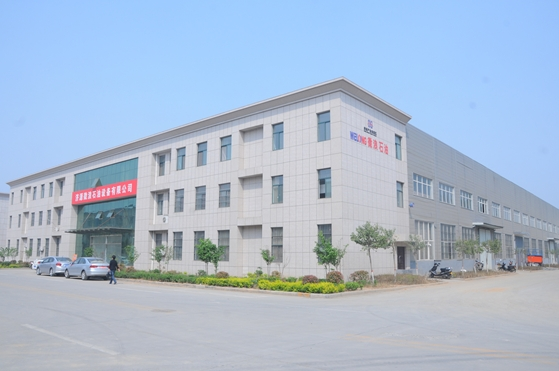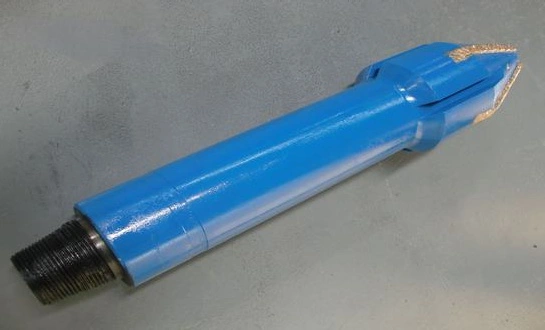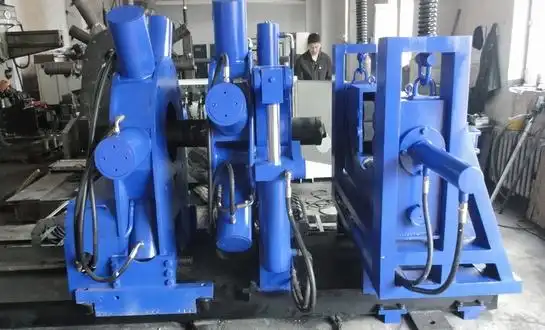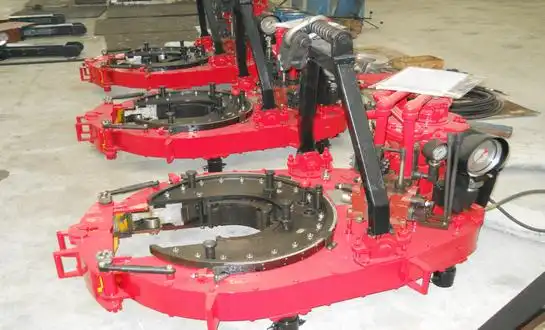Comparing Hydraulic vs. Electromechanical Roll Gap Control Systems
Hydraulic Roll Gap Control: Precision and Power
Hydraulic roll gap control systems have long been a staple in roll mill technology, offering unparalleled precision and power. These systems utilize high-pressure hydraulic fluid to adjust the position of the work rolls, allowing for precise control of the gap between rolls. The main advantage of hydraulic systems lies in their ability to generate substantial force, making them ideal for heavy-duty applications where large loads are involved.
Key benefits of hydraulic roll gap control systems include:
- Rapid response times for quick adjustments
- High force output for handling heavy loads
- Smooth and continuous operation
- Excellent stability under varying load conditions
However, hydraulic systems are not without their drawbacks. They require regular maintenance to prevent leaks and ensure proper fluid levels, which can lead to increased downtime and operational costs.
Electromechanical Roll Gap Control: Efficiency and Precision
Electromechanical roll gap control systems represent a more recent innovation in roll mill technology. These systems employ electric motors and precision screws or gears to adjust the roll gap. The primary advantage of electromechanical systems is their high efficiency and lower maintenance requirements compared to hydraulic systems.
Advantages of electromechanical roll gap control systems include:
- Higher energy efficiency
- Reduced maintenance requirements
- Cleaner operation without the risk of hydraulic fluid leaks
- Improved positioning accuracy and repeatability
While electromechanical systems offer numerous benefits, they may struggle to generate the same level of force as hydraulic systems in heavy-duty applications.
Impact on Work Roll Longevity
The choice between hydraulic and electromechanical roll gap control systems can significantly impact work roll longevity. Electromechanical systems often provide more precise control, leading to more consistent rolling processes and reduced wear on work rolls. However, hydraulic systems may be necessary for applications requiring extreme force, where their robust nature can help protect work rolls from excessive stress.
Ultimately, the selection of the appropriate roll gap control system depends on the specific requirements of the rolling operation, including the materials being processed, desired output quality, and production volume. By choosing the right system, manufacturers can optimize work roll performance and extend their operational lifespan.
Why Precision Roll Cooling Systems Prevent Premature Work Roll Failure
The Importance of Temperature Control in Rolling Operations
Temperature management is crucial in rolling mill operations, particularly when it comes to preserving the integrity and longevity of work rolls. Excessive heat generated during the rolling process can lead to thermal fatigue, surface degradation, and premature failure of work rolls. Precision roll cooling systems play a vital role in mitigating these issues by maintaining optimal temperature profiles across the roll surface.
Key factors influenced by temperature control:
- Roll surface hardness and wear resistance
- Thermal expansion and profile accuracy
- Lubrication effectiveness
- Overall roll lifespan
Advanced Cooling Technologies for Enhanced Work Roll Performance
Modern precision roll cooling systems employ sophisticated technologies to ensure uniform and effective cooling of work rolls. These advanced systems go beyond traditional flood cooling methods, offering targeted and controllable cooling solutions that adapt to varying operational conditions.
Innovative cooling technologies include:
- Zonal cooling systems with independently controlled nozzles
- High-pressure coolant delivery for improved heat transfer
- Intelligent cooling control based on real-time temperature monitoring
- Mist cooling for enhanced coverage and reduced water consumption
By implementing these advanced cooling technologies, manufacturers can significantly extend the service life of their work rolls while improving product quality and reducing operational costs.
Preventing Thermal Fatigue and Surface Degradation
Precision roll cooling systems are instrumental in preventing thermal fatigue and surface degradation of work rolls. By maintaining consistent temperature profiles and minimizing thermal cycling, these systems help preserve the roll surface integrity and mechanical properties.

Benefits of effective thermal management:
- Reduced thermal stress and crack formation
- Improved surface finish consistency
- Extended intervals between roll changes
- Decreased likelihood of catastrophic roll failure
Implementing a precision roll cooling system is a proactive approach to work roll maintenance, ensuring optimal performance and longevity in demanding rolling mill environments.
Balancing Roll Mill Speed and Work Roll Durability for Cost Efficiency
The Speed-Durability Tradeoff in Rolling Operations
Achieving the right balance between roll mill speed and work roll durability is crucial for maximizing cost efficiency in rolling operations. While higher speeds can increase productivity, they also subject work rolls to greater stress and wear, potentially reducing their operational lifespan. Finding the optimal balance requires a thorough understanding of the relationship between speed, durability, and overall operational costs.
Factors to consider in the speed-durability equation:
- Material properties of the workpiece and work rolls
- Desired product quality and tolerances
- Energy consumption at different operating speeds
- Maintenance and downtime costs associated with roll changes
Optimizing Roll Mill Parameters for Extended Work Roll Life
To maximize work roll durability without sacrificing productivity, manufacturers must optimize various roll mill parameters. This process involves fine-tuning operational settings and implementing advanced control strategies to minimize wear and extend roll life.
Key parameters for optimization include:
- Roll force and pressure distribution
- Rolling speed and acceleration profiles
- Lubrication systems and coolant application
- Work roll material selection and surface treatments
By carefully adjusting these parameters, operators can achieve a balance that promotes both productivity and work roll longevity, ultimately leading to improved cost efficiency.
Implementing Predictive Maintenance Strategies
Predictive maintenance strategies play a crucial role in balancing roll mill speed and work roll durability. By leveraging advanced monitoring technologies and data analytics, manufacturers can anticipate potential issues before they lead to costly downtime or premature roll failure.
Elements of an effective predictive maintenance program:
- Real-time monitoring of roll surface condition and wear patterns
- Vibration analysis to detect early signs of roll imbalance or bearing issues
- Thermal imaging for identifying hotspots and uneven temperature distribution
- Data-driven scheduling of roll changes and maintenance activities
Implementing these strategies allows manufacturers to operate at optimal speeds while ensuring the longevity of their work rolls, ultimately achieving greater cost efficiency in their rolling operations.
Source: CHINA WELONG-Oilfield tools Manufacturer
FAQ about Work Roll
What factors influence work roll wear?
Work roll wear is influenced by various factors, including the rolling force, speed, temperature, and the materials being processed. Other significant factors include:
- Roll material composition and hardness
- Lubrication effectiveness
- Cooling system efficiency
- Rolling pass schedule design
- Surface finish of the rolls
Understanding these factors is crucial for optimizing roll performance and extending their operational lifespan.
How often should work rolls be replaced?
The frequency of work roll replacement depends on several factors, including the type of material being rolled, operating conditions, and the specific requirements of the rolling process. Typically, work rolls may need to be replaced every few days to several weeks, depending on the application. Implementing effective monitoring and maintenance strategies can help extend the time between replacements and optimize roll utilization.
What are the latest advancements in work roll materials?
Recent advancements in work roll materials have focused on improving wear resistance, thermal stability, and overall performance. Some notable developments include:
- High-chromium iron rolls with enhanced hardness and wear resistance
- Carbide-reinforced steel rolls for improved surface quality
- Ceramic-coated rolls for specialized applications
- Nano-structured materials for enhanced mechanical properties
These advanced materials contribute to extended work roll life and improved product quality in rolling operations.
In conclusion, the impact of roll mill technology on work roll longevity is profound and multifaceted. From advanced control systems to precision cooling techniques and optimized operational strategies, these technological advancements are revolutionizing the efficiency and cost-effectiveness of rolling operations across various industries. By implementing these cutting-edge technologies and best practices, manufacturers can significantly extend the lifespan of their work rolls, reduce downtime, and improve overall productivity. As the field continues to evolve, staying informed about the latest developments in roll mill technology is crucial for maintaining a competitive edge in the global market. For more information on innovative solutions for work roll longevity and roll mill optimization, please contact us at oiltools15@welongpost.com. Welong is committed to providing expert guidance and state-of-the-art products to help you maximize the efficiency of your rolling operations.





